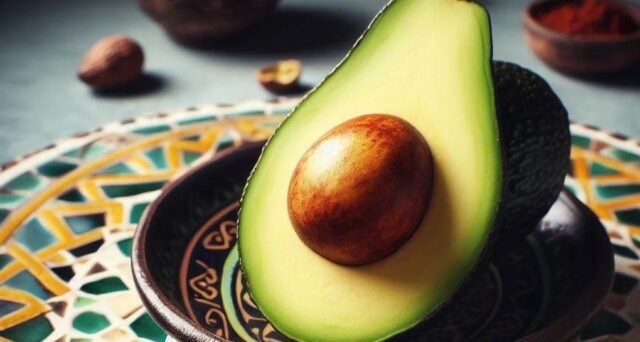
(3 Minutes read)
Every year, Morocco exports almost all the avocados it grows. They began exporting to Spain. but later Italy, Portugal, Netherlands, Belgium, Germany, and Russia were added to the list of importers. Current year, farmers and exporters feel that exports will come down since several export units have been forced to close
Morocco’s climate has proved perfect for avocado growers, with the fruit’s widespread popularity and ability to command high market prices in the international market.
The country has become a significant player in the global avocado market since the introduction of the crop. Avocado trees are big water guzzlers. Each tree can consume approximately 30 litres per hour, and the amount can change according to the seasons. Extreme temperatures and wind can cause major losses to avocado trees because they are very sensitive. The northern region of Morocco experiences rainfall and there are important water reserves, unlike southern Morocco, such as Agadir and the Sahara. 20% of the increase in production is due to the growth of farms.
Morocco has recently endured a severe drought due to a reduction in rainfall and an increase in temperatures, especially during the summer months. This has had a very negative impact on the water table and led to low water levels in dams. Despite water scarcity issues, the country’s avocado industry has shown resilience.
Avocado production across the country for this season could reach 60,000 tons, says Elyamlahi of the Moroccan Association of Avocado Exporters. Last year general production reached 40,000 tons, he says, with 90% belonging to the Hass variety.
Read Also:
https://trendsnafrica.com/uganda-strengthens-the-national-campaign-for-avacado-farming/
https://trendsnafrica.com/india-grants-market-access-to-tanzanian-avocados/
Every year, Morocco exports almost all the avocados it grows. They began exporting to Spain. but later Italy, Portugal, Netherlands, Belgium, Germany, and Russia were added to the list of importers. Currently, farmers and exporters feel that exports would come down since several export units have been forced to close.










